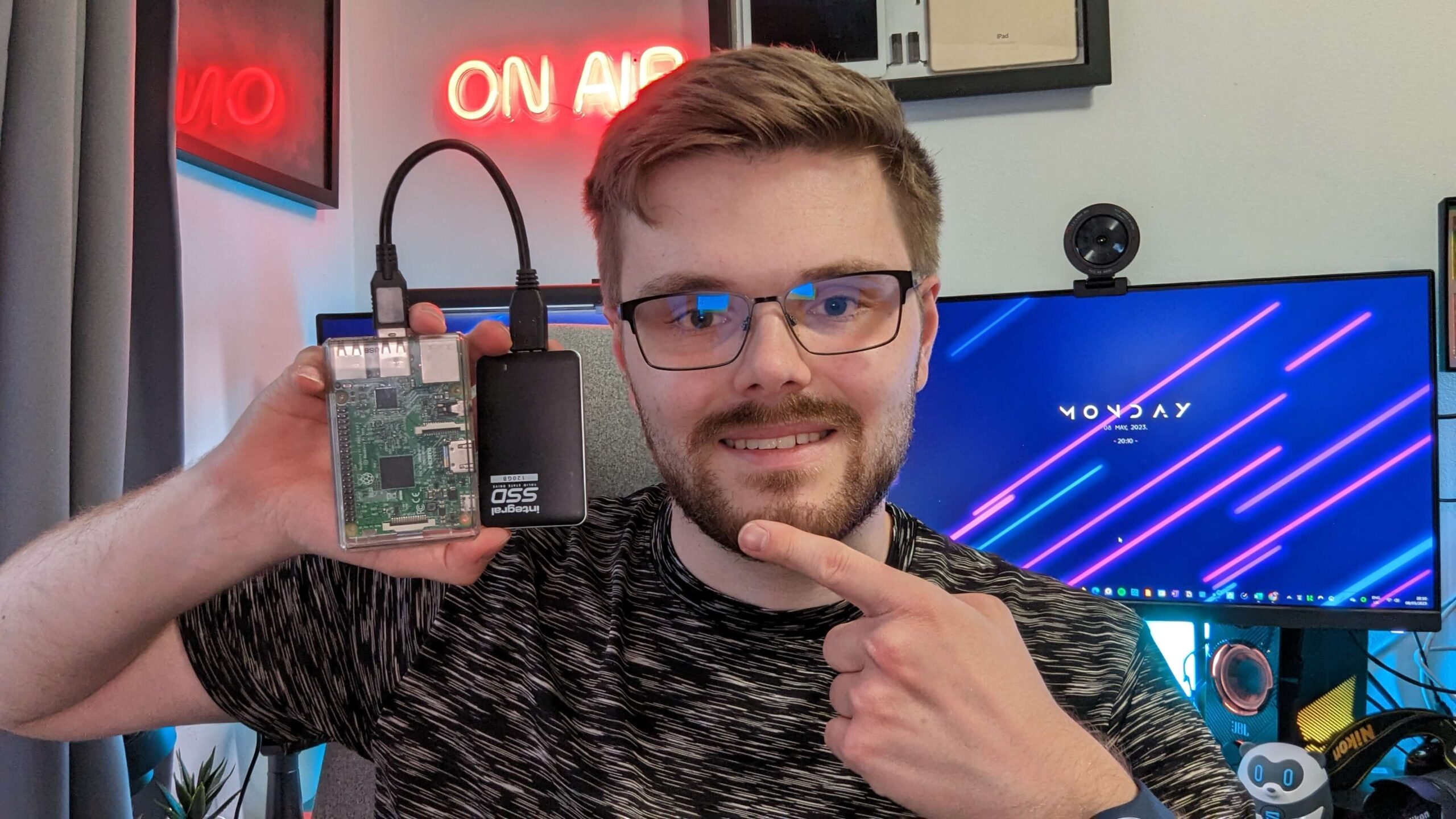Home Assistant: What Is It and Why You Need It in Your Smart Home
Say Hello to the Future of Home Automation!

A few months ago, I decided to purchase a second-hand Raspberry Pi. I decided to go second-hand because brand-new ones are incredibly difficult to find and when you do find them, there is a very long waiting list for them to be dispatched.
For those of you who aren’t familiar with the Raspberry Pi’s, they are a series of small single-board computers which you can usually pick up quite cheaply and you can turn them into all sorts of things. This article by Ankush Das features some of the cool projects you can do with the help of a Raspberry Pi.
I decided to turn mine into a Home Assistant, an open-source home automation platform that allows you to control and monitor your smart home devices from a central location. You can also use it to do some pretty awesome things, but we’ll discuss those later in this article.
What Are the Benefits of Having One
One of the first benefits I wanted to talk about is centralised control, with the help of one app, you can control all of your smart home devices because nobody likes having to install over 10 apps just to control your smart home devices. I certainly don’t!
The second advantage is that it is open source, I know that this may put many of you off, but trust me it’s not as scary as it sounds! The fact that it’s open source has many advantages starting with the fact that it’s completely free and that there are no subscriptions required to use it.
The second reason that this is an advantage is that the open-source community is incredible, particularly for Home Assistant, I mean if you’re stuck or need help, there’s always someone willing to help out!
Privacy and security are other huge benefits of Home Assistant as you have full control over your data and privacy. Additionally, you can set it up with advanced security features such as two-factor authentication.
The final benefit I wanted to talk about in this article is automation. I mean is your smart home really that smart if it can’t do things automatically based on a series of events and states?
You can actually set your Home Assistant to do a number of cool things automatically such as turning your lights on based on a series of events and other cool stuff which we’ll discuss in the next section of this article.
Why You Need a Home Assistant
Now that we’ve covered the advantages of having a Home Assistant in your life, you’re probably still thinking why would I want this in my life?
Well, it turns out that you can actually do some pretty cool things with the help of Home Assistant and it can actually help you be more productive!
Here are some of the ways I use Home Assistant…
NFC Tags
One of the ways that I use Home Assistant is NFC tags, which I have dotted around the house, I mean they cost less than £10 and you can use them as triggers for some insanely cool things!
For example, when I’m working from home and I have to take an important phone call or when I’m in a meeting I have an NFC tag under my desk which when I scan with my phone sends an announcement to all of my Alexa’s saying that I’m in a meeting and to try to keep the noise down, it also sets a light outside of my office to red so that my family knows not to disturb me.
When I’m leaving the house, I scan another NFC tag near my front door that turns off all of my smart devices and lights, making sure that I don’t waste any electricity when I’m away.
The possibilities with NFC tags are endless and I keep finding new ways of utilising them.
Integrations and Add-Ons
There are countless integrations you could use to make your smart home even more powerful, starting with the fact that Home Assistant will work with most smart home devices, there are countless of integrations that will help you in that department.
You can also install community add-ons, and this is where the true power of Home Assistant comes to light. For starters, are you tired of seeing all the ads on the websites you visit? I know I am! Yes, that’s coming from someone who has ads on his website, but hey, I have to pay for it all somehow!
Back to the topic at hand, if you are tired of seeing ads, there is an AdGuard Home add-on which you can install and that will block ads and trackers, not just on one device, but your entire home network!
You can use it as a Plex Media Server which will allow you to stream recorded media including video and music on devices such as your TV.
If you wanted to, you could even give your Home Assistant a voice with the official Ada add-on. But for this to work, I believe you need to have a microphone and speaker handy.
The possibilities are endless!
Conclusion
Overall, Home Assistant has been great for me and I’m using it for many awesome things and automation, which make my smart home even better and more powerful.
Setting it up wasn’t immensely difficult and there were many great videos on YouTube which would run you through the process.
I decided to use a Raspberry Pi 3+B for my setup along with a basic 128 GB portable Solid State Drive or SSD. The entire setup cost me around £45 and I had a spare SSD I could use, but these types of SSDs are usually cheap and you can pick one up on Amazon from around £25, which doesn’t break the bank. I decided to use an SSD instead of a MicroSD card based on many recommendations.
Now when it comes to Home Assistant, I’m still pretty new and I’m learning new things, so If I missed something out, feel free to let me know in the comments.
